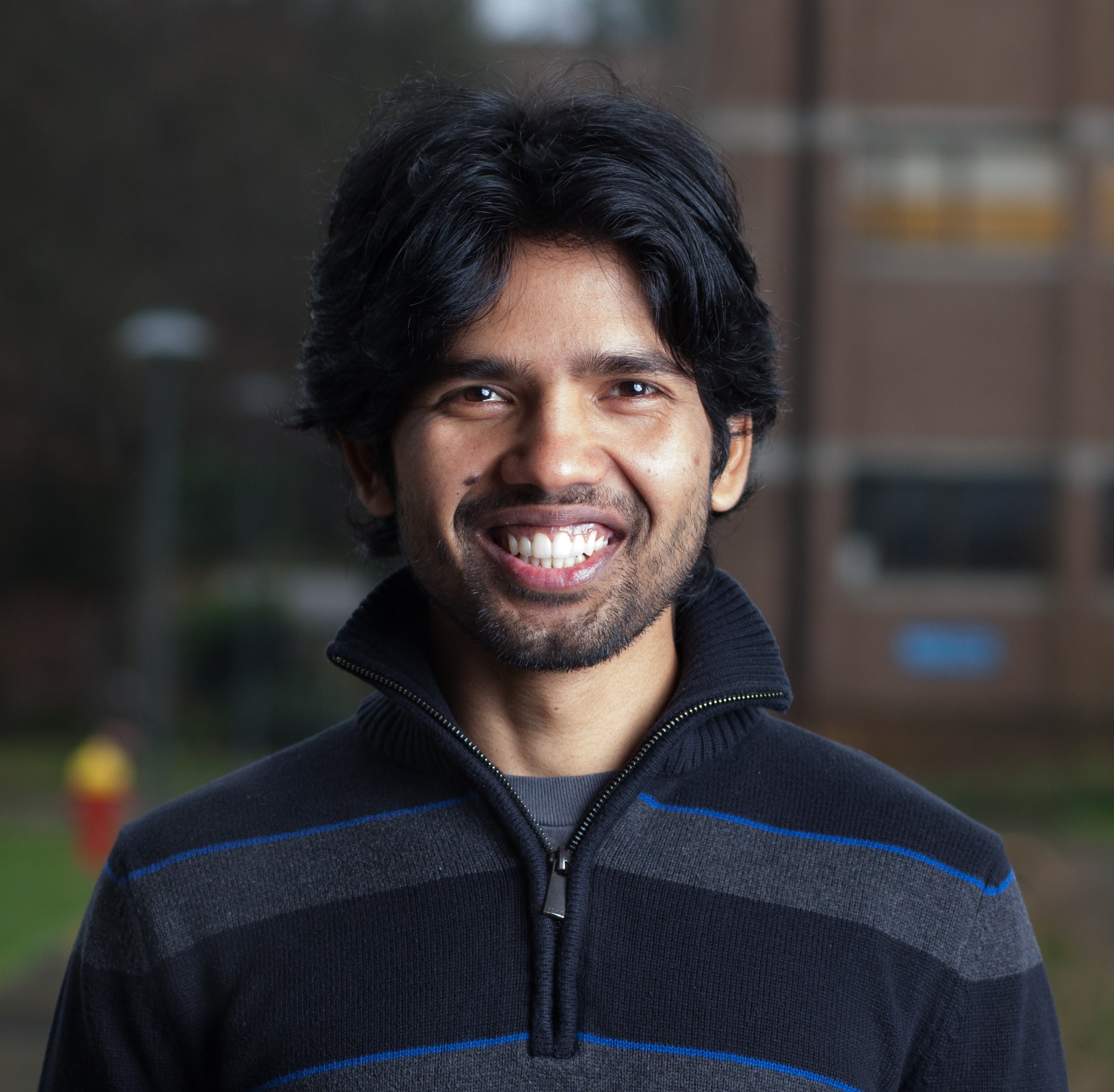Implicit neural representation for 3D printing process optimization
 Laser powder bed fusion process (LPBF) promises to automate the fabrication of high quality custom designed metal parts. In LPBF, part fabrication progresses through sequential spreading of powder layers and their selective melting via a laser, leading to the formation of a melt pool, and subsequent solidification. The process has a large number of control parameters. However, the relationship between the process parameters and the quality of the fabricated part is complex. Disentangling it requires one to solve multiscale multiphysics problems which are computationally very expensive, precluding the application of this approach to process optimization and control. During the printing process, the temperature field, its gradient and cooling rate at the melt pool boundary, the geometry of the melt pool, among others, have a significant effect on the microstructure of the fabricated part and residual stresses in the parts, and consequently on the part properties. Hence, obtaining the relation between these quantities and the process parameters and their fast inference is imperative to optimizing the printing process. We propose a data-driven, differentiable neural network model designed to learn the temperature field, its gradient, and the cooling rate, while implicitly representing the melt pool boundary as a level set in laser powder bed fusion. The implicit neural representation of the melt pool boundary as a level set also enables the inference of the solidification rate and the rate of change in melt pool geometry relative to process parameters.
Laser powder bed fusion process (LPBF) promises to automate the fabrication of high quality custom designed metal parts. In LPBF, part fabrication progresses through sequential spreading of powder layers and their selective melting via a laser, leading to the formation of a melt pool, and subsequent solidification. The process has a large number of control parameters. However, the relationship between the process parameters and the quality of the fabricated part is complex. Disentangling it requires one to solve multiscale multiphysics problems which are computationally very expensive, precluding the application of this approach to process optimization and control. During the printing process, the temperature field, its gradient and cooling rate at the melt pool boundary, the geometry of the melt pool, among others, have a significant effect on the microstructure of the fabricated part and residual stresses in the parts, and consequently on the part properties. Hence, obtaining the relation between these quantities and the process parameters and their fast inference is imperative to optimizing the printing process. We propose a data-driven, differentiable neural network model designed to learn the temperature field, its gradient, and the cooling rate, while implicitly representing the melt pool boundary as a level set in laser powder bed fusion. The implicit neural representation of the melt pool boundary as a level set also enables the inference of the solidification rate and the rate of change in melt pool geometry relative to process parameters.
[1] Manav, M., Perraudin, N., Lin, Y., Afrasiabi, M., Perez-Cruz, F., Bambach, M., & De Lorenzis, L. (2024). MeltpoolINR: Predicting temperature field, melt pool geometry, and their rate of change in laser powder bed fusion. arXiv preprint arXiv:2411.18048.
